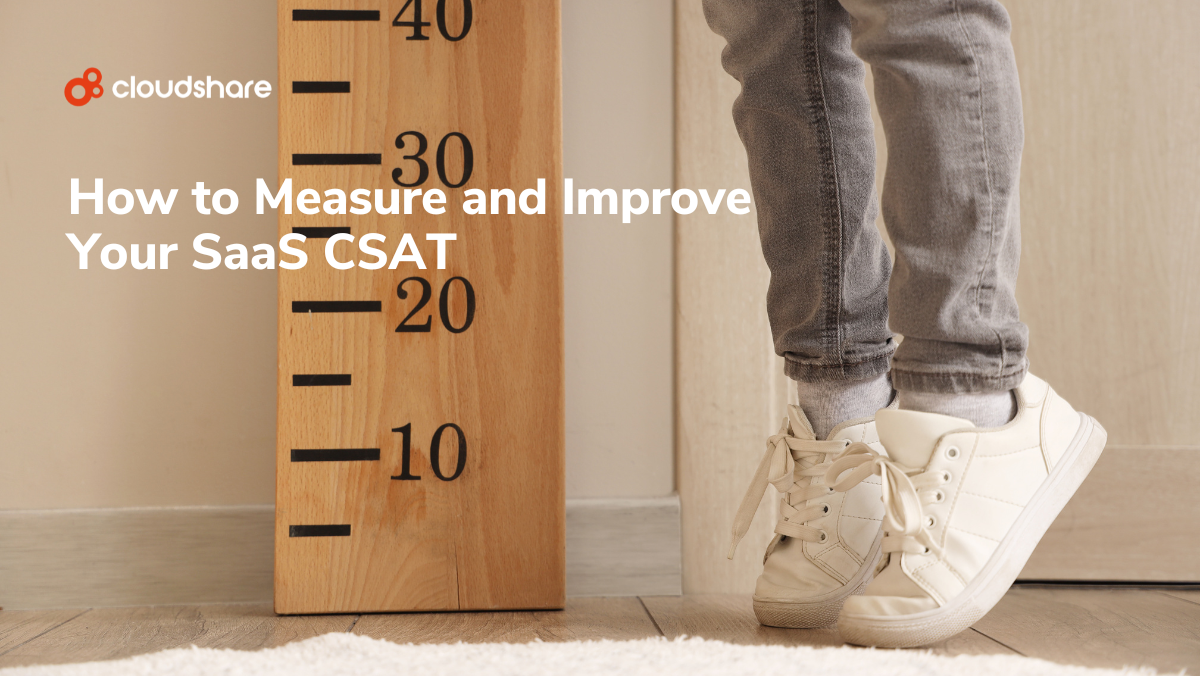
You’ve been working with the prospect for months, and, finally, the prospect has set a time on her calendar to see a demo. This is the meeting on which everything hinges. The demo needs to be flawless.
Here are some tips to help you kill it on the big day, impress the socks off the key decision makers and, most important, close that sale.
First, make sure the technical foundation is sound. Have the latest version of the product at the ready. If the meeting is in-person, ensure any necessary hardware gets shipped. If it’s online, double-check that the demo service you’re using is properly configured, and everyone has the correct login credentials. (Of course, if you’re using CloudShare, you know you’re covered on the technical front.) Make sure there are no IT glitches that could distract from your presentation.
Once you’re certain the technology won’t fail you, it’s time to turn your attention inward, because the way you handle yourself during the demo will be at least as important as the solution you’re showing off. So keep the following tips in mind:
- Know your prospect’s specific pain: Make sure you fully understand the exact problem they want to solve, and tailor the demo or POC so it addresses their individual challenges. In fact, if you can replicate the prospect’s own environment in the cloud, you’ll have an even greater impact because it’s completely tailored to them.
- Don’t just rattle off features — tell a story: No matter how powerful any individual feature may be, if the prospect can’t see how it works for them, the demo will be a dud. Every capability you highlight should contribute to solving their specific problem. Regardless of how cool or excited you are about your solution’s features, if they don’t apply to the prospect, skip the discussion. Spending time on them risks losing their attention and killing a potential sale.
- Be focused, but flexible — listen to the prospect: Once you’ve got your story down, stick to it … up to a certain point. No matter how much research you’ve done and how many questions you’ve asked, a prospect may see a capability that addresses a problem previously unknown to you. This is why the discovery process is so critical during this phase. Don’t be so focused on your plan that you overlook these kinds of opportunities. This could be the moment when you convince the prospect to buy or, even better, buy even more of your software than they had originally intended.
- Have customer success stories at the ready: If the demo is properly tailored to your prospect’s needs, it should be clear how your software’s capabilities will solve their problem, but the full scope of your solution’s impact may not be obvious. Look for places in your presentation to reference the real-world success your current customers have already enjoyed, ideally using quantifiable figures such as money or time saved.
- The demo shouldn’t stop when you leave: If you’ve done your job during the live demo, the prospect will be excited about your software and eager to explore it further. Let them! There’s nothing more powerful than a prospect discovering the value of your solution on their own. It also invites new opportunities for contact, as they will likely have further questions as they interact more with the software. Plus, if you’re working with CloudShare, you’ll receive insights on how the prospect is working with the demo, which can provide crucial intelligence for the next meeting.
With a solid technology platform, a story that’s individually tailored and a flexible approach that allows you to pivot along with your prospect, you’ll ensure that the demo moves you closer to signing on that dotted line, instead of upending a potential sale.
For more information on how CloudShare can help make your sales demos even more effective, download our ebook, How to Drive More Sales by Giving Modern IT Buyers What They Want.



